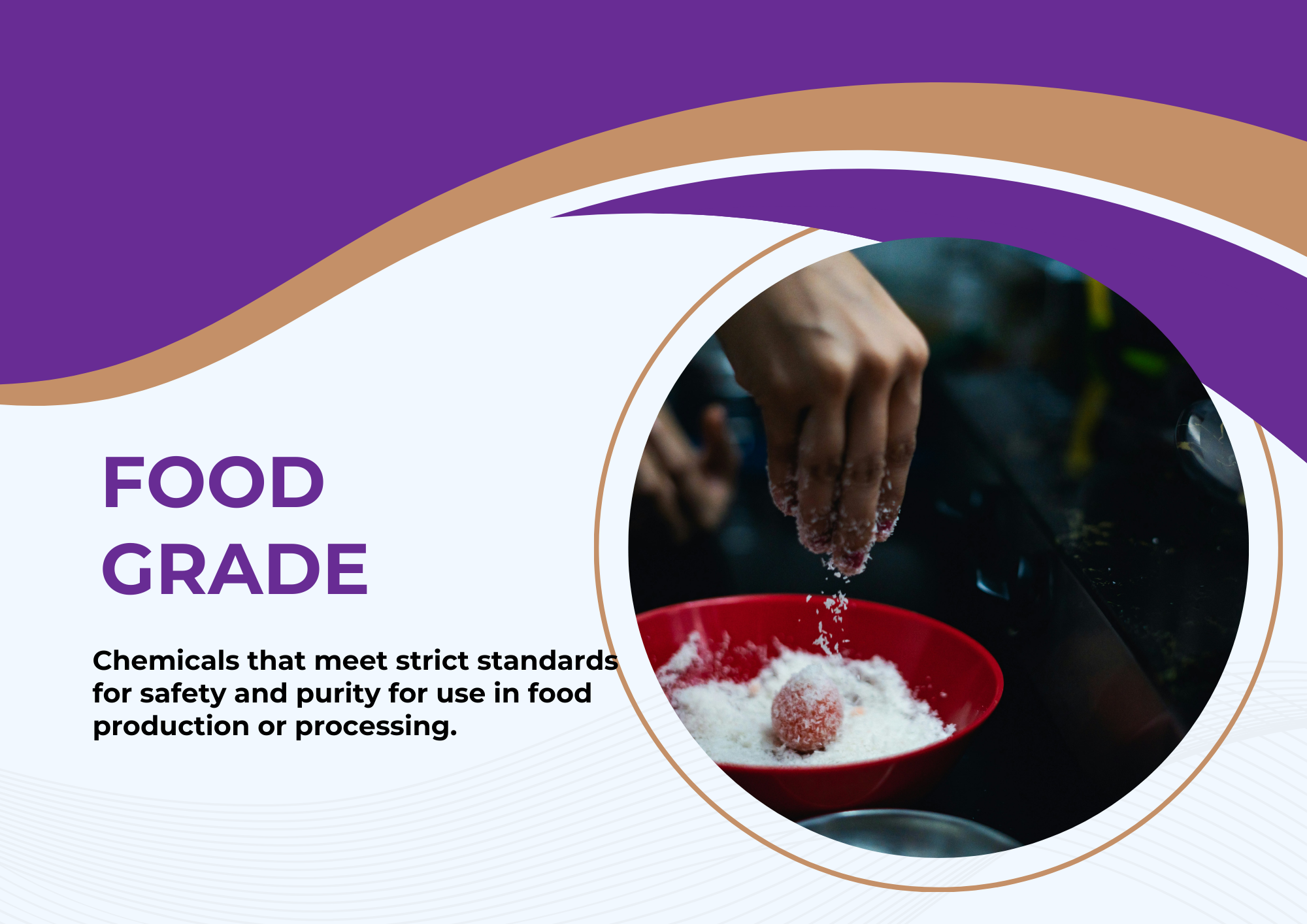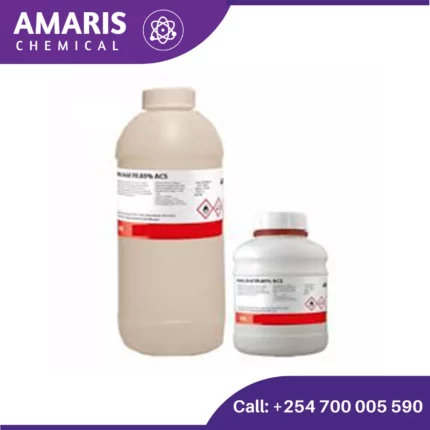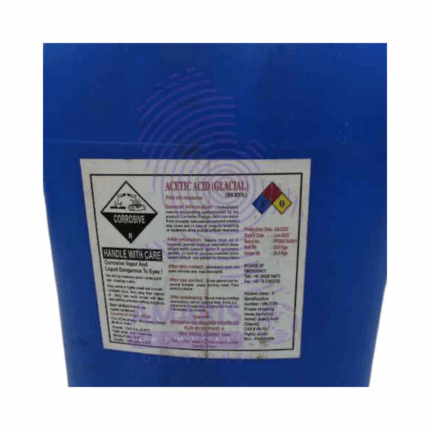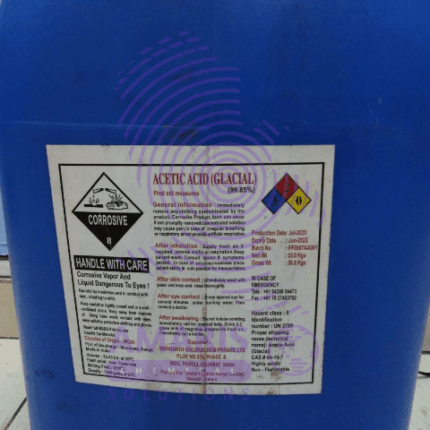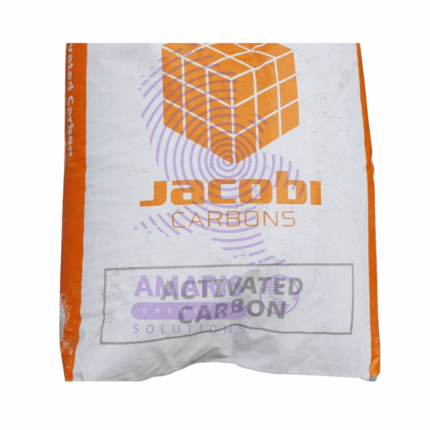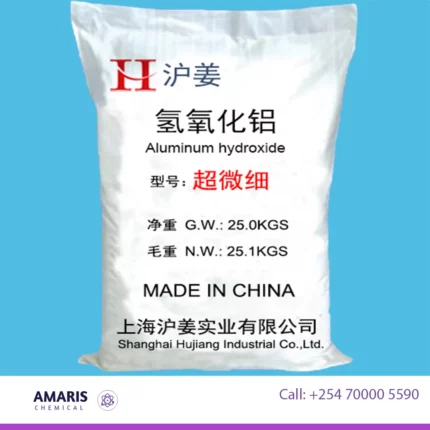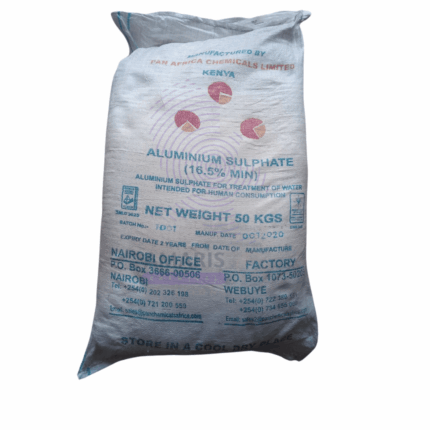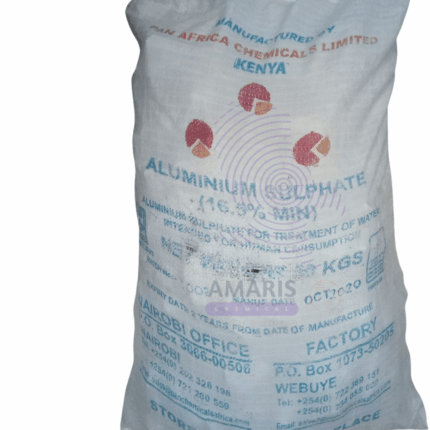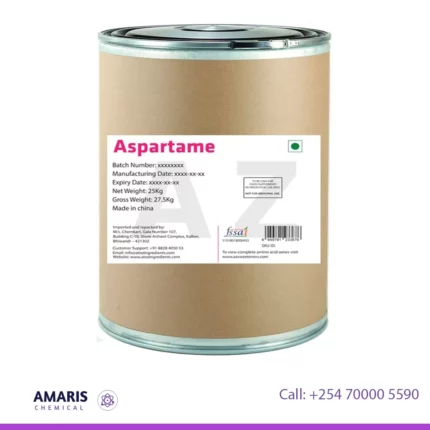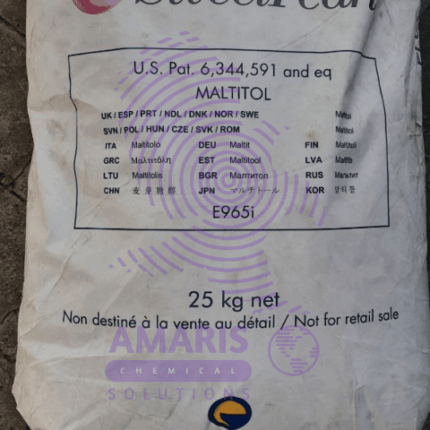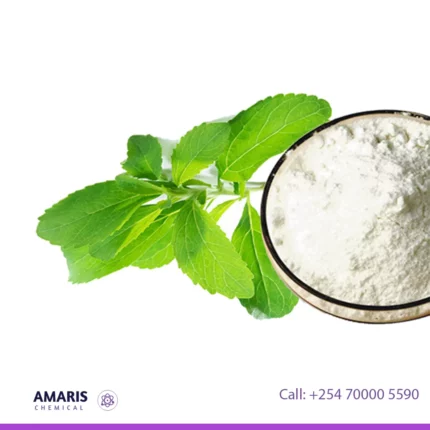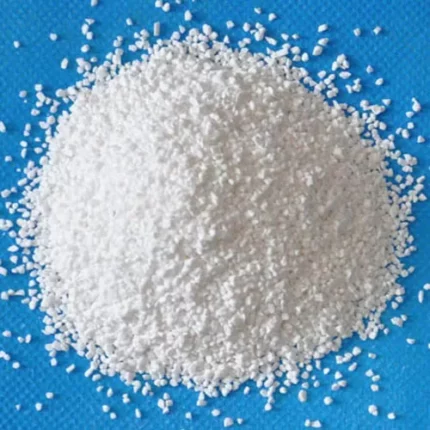
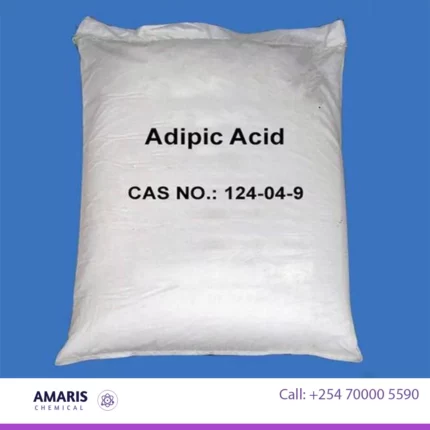
Acesulfame K
$0.00
Acesulfame K
Acesulfame K, also known as Acesulfame Potassium or Ace-K, is a high-intensity artificial sweetener that is commonly used as a sugar substitute in various food and beverage products. It is a white, odorless powder that is about 200 times sweeter than sucrose (table sugar), but it has no caloric value and does not affect blood sugar levels. Acesulfame K is chemically stable and can withstand high temperatures, making it suitable for use in baked goods and other heat-processed products. It is often found in sugar-free or low-calorie products, such as diet sodas, sugar-free chewing gums, desserts, and tabletop sweeteners.
Acesulfame K Uses
Diet and Low-Calorie Beverages:
Acesulfame K is frequently used in the production of diet sodas, carbonated beverages, and other low-calorie or sugar-free drinks. It provides sweetness without adding calories or affecting blood sugar levels.
Baked Goods and Confectionery:
Acesulfame K is used in the production of sugar-free or reduced-sugar baked goods, including cakes, cookies, pastries, and bread. It can withstand high temperatures during baking without losing its sweetness.
Chewing Gums and Candies:
Acesulfame K is commonly found in sugar-free chewing gums and candies as a sweetening agent. It provides a sweet taste and helps to maintain the flavor for a longer time.
Desserts and Dairy Products:
Acesulfame K is used in the production of sugar-free or low-calorie desserts, such as ice creams, puddings, yogurts, and gelatins. It adds sweetness without the added calories of sugar.
Pharmaceutical Products:
Acesulfame K is sometimes used in pharmaceutical formulations as a sweetening agent for oral medications and syrups. It helps to mask the bitter taste of certain medications.
Tabletop Sweeteners:
Acesulfame K is available as a tabletop sweetener in the form of packets or tablets. It can be used as a sugar substitute in hot or cold beverages and as a sweetener for various dishes.
| APPEARANCE |
Crystalline |
|---|---|
| AVAILABLE GRADES |
FOOD GRADE |
| COUNTRIES OF ORIGIN |
CHINA |
| AVAILABLE PACK SIZE |
25kg( Metal or Plastic Jerrycan/ Bucket, Bag, Box, Polythene bag, Carton bag) |
Basic Identification Attributes
- Chemical Name (IUPAC):Potassium 6-methyl-2,2-dioxo-2H-1,2λ⁶,3-oxathiazin-4-olate
- Common/Trade Name:Acesulfame K, Ace-K, E950 (EU food additive number)
- CAS Number:55589-62-3
- HS Code:99.90 (Other heterocyclic compounds)
- Molecular Formula:C₄H₄KNO₄S
- Synonyms:
- Potassium 6-methyl-1,2,3-oxathiazin-4(3H)-one-2,2-dioxide
Physical & Chemical Properties
- Physical State:White crystalline powder
- Color & Odor:White, odorless
- Boiling Point:Decomposes before boiling
- Melting Point:~225°C (decomposition)
- Density/Specific Gravity:~1.81 g/cm³
- Solubility:
- Water: 270 g/L (20°C)
- Organic solvents: Slightly soluble in ethanol, practically insoluble in ether
- pH Level:Neutral (5.5-7.5 in solution)
- Vapor Pressure:Negligible
- Flash Point:Not applicable (non-flammable)
- Autoignition Temperature:Not applicable
- Viscosity:Not applicable (solid)
Safety & Hazard Attributes
- Hazard Class (GHS):Not classified as hazardous
- NFPA Ratings:Health: 1 | Flammability: 0 | Reactivity: 0
- Exposure Limits:
- ADI (Acceptable Daily Intake):15 mg/kg body weight (JECFA)
- No OSHA PEL or ACGIH TLV established
- Reactivity:
- Stable under normal conditions
- Incompatible with strong oxidizing agents
Storage & Handling Attributes
- Storage Conditions:
- Store in a cool, dry place
- Keep container tightly closed
- Temperature: Room temperature
- Incompatible Materials:Strong oxidizers
- Container Type:Food-grade plastic or lined metal containers
- Shelf Life:Typically 3-5 years if stored properly
- Special Handling Requirements:
- Standard food-grade handling practices
- Use gloves and eye protection if handling large quantities
Regulatory & Compliance Attributes
- Regulatory Status:
- FDA:Approved as food additive (21 CFR 180.37)
- EU:Approved (E950)
- JECFA:Evaluated and approved
- Other:Approved in most countries worldwide
- Hazard Symbols:None required
- Transportation Restrictions:Not classified as dangerous goods
- Waste Disposal Method:Dispose in accordance with local regulations (generally as non-hazardous waste)
Environmental & Health Impact
- Ecotoxicity:
- Low toxicity to aquatic organisms
- EC50 (Daphnia magna): >100 mg/L
- Persistence in Environment:
- Readily biodegradable
- Not expected to persist in environment
- Carcinogenicity/Mutagenicity:
- IARC:Not classified
- NTP:Not listed
- OSHA:Not classified as carcinogenic
- Biodegradability:Readily biodegradable in standard tests
Personal Protective Equipment (PPE):
- Gloves(powder-free nitrile or latex) to prevent skin contact.
- Safety gogglesif handling powder (to prevent eye irritation).
- Dust mask or respirator(if handling large quantities of powder to avoid inhalation).
- Lab coat or protective clothingto prevent contamination.
Handling & Storage:
- Store in a cool, dry place, away from moisture and direct sunlight.
- Keep containers tightly sealedto prevent caking or contamination.
- Avoid creating dustwhen handling powder (use local exhaust ventilation if needed).
- Non-reactive containers(food-grade plastic or stainless steel recommended).
Spill & Leak Control:
- Sweep or vacuum(with HEPA filter) for dry powder spills.
- Avoid washing with water(can make surfaces slippery).
- Dispose of wasteaccording to local regulations.
Inhalation (Dust Exposure):
- Move to fresh air
- If breathing difficulty occurs, seek medical attention.
Skin Contact:
- Wash affected area with soap and water.
- No significant irritation expected, but rinse thoroughly.
Eye Contact:
- Rinse eyes with plenty of water for at least 15 minutes.
- Seek medical attention if irritation persists.
Ingestion (Swallowing):
- Rinse mouthwith water.
- Drink waterto dilute (no toxicity expected in normal quantities).
- Seek medical advice only if large amountsare ingested (unlikely to be harmful but monitor for discomfort).
Flammability:
- Non-flammable(does not support combustion).
- No significant fire hazardunder normal conditions.
Extinguishing Agents:
- Use water spray, CO₂, dry chemical, or foamif surrounding materials are burning.
- No special precautionsneeded for Acesulfame K itself.
Firefighter Protection:
- Standard firefighting gearis sufficient (no toxic fumes expected).
- Avoid unnecessary dust generationduring firefighting
Related products
Acetaldehyde
- Chemical Structure: Acetaldehyde consists of two carbon atoms, one oxygen atom, and four hydrogen atoms. Its structure is CH3CHO, where the carbon atom in the middle is doubly bonded to an oxygen atom and singly bonded to a hydrogen atom and a methyl group (CH3).
- Occurrence: Acetaldehyde can be found naturally in various ripe fruits, coffee, and heated milk. It is also produced by the oxidation of ethanol (alcohol) by enzymes in the liver and other tissues in humans, making it an intermediate product in alcohol metabolism.


